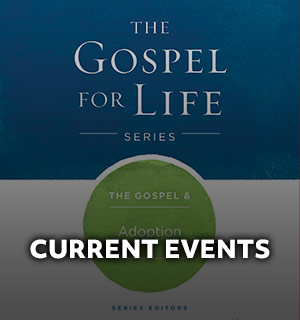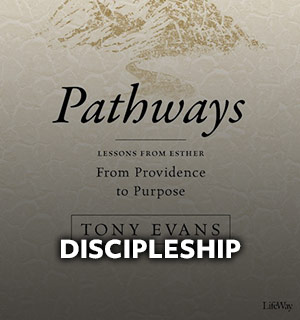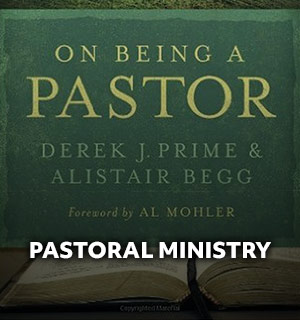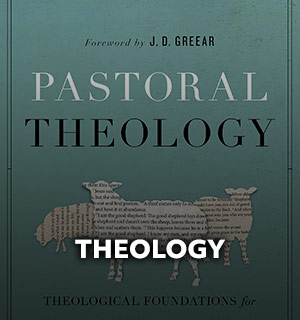
By Philip Nation
Bivocational pastors face a constant tug-of-war between working in the present and planning for the future. With limited time to provide pastoral care, study for messages, and lead a church, it’s tempting to procrastinate on long-term planning.
But planning your preaching calendar is always worth the effort.
As a bivocational pastor, I keep a preaching calendar at least six months ahead. Whenever I can, I like to keep a rolling calendar of 12 months on the schedule. It’s difficult, but possible.
Here are some action steps for effective long-term sermon planning as a bivocational pastor. Please note all of it comes with the foundational understanding that prayer and personal holiness are a given for any of this to actually work.
Schedule times for planning. To be successful in the future, you must discipline the present. Start by spending time with only your Bible and a blank notepad as you pray about what might be needed in the year ahead.
Set aside half of a Saturday (or some other off day) to meander through lots of ideas and give some type of outline to Bible books and topical series. Follow up with a second time of planning to organize what you discovered. You can lengthen or shorten series, put them in a logical progression, and arrange them on a calendar.
Work with a team. Being bivocational doesn’t mean you need to go solo. Find a group in the church or a group of likeminded pastors to assist. Having friends speak into the process will give you the encouragement and pushback you need. Plus, you’ll likely gain insights that don’t happen when you work alone.
Keep special dates in mind. Preaching calendars need to take special days of the year into consideration. Easter and the Christmas season are obvious ones. But don’t forget about the beginning and end of school years, secular holidays such as Mother’s Day and Valentine’s Day, and special events with your church such as Vacation Bible School.
Work on it quarterly. Once you have a year set for yourself (or at least six months), keep setting aside half-days to revisit the schedule and press forward. Don’t set a schedule for the calendar year and then forget about it for 11 months. Keep a rolling calendar so you can stay ahead.
Leave some blank space. During the year, I normally leave October or November blank. Why? Because I know there will be some national crisis, cultural event, or church emphasis that needs to be addressed in the sermons. Give yourself some breathing room to pivot toward critical issues.
Coordinate with the church calendar. The church has goals for making disciples, encouraging faith, and deploying people into ministry. Many of the goals are tied to ministry activities on the church calendar.
Don’t allow the message series and the ministry activities to operate separately. Coordinate the two for a greater impact. In fact, it’s possible to have the preaching schedule drive the ministry emphasis and see a great impact because of it.
Know your context. Start with knowing the needs in your church and the style of series to best address those needs. Next, know your community’s glaring needs and the hidden ones.
Discerning issues of encouragement and how to do outreach is founded in Scripture and worked out in our ongoing mission. I find a mix of series on Bible books and topics is needed to accomplish these goals.
Embrace the long walk. Preaching is an in-the-moment event each week where you pray for immediate results. The preaching calendar helps you to have long-term goals in mind for the next few years.
It’s not likely anyone will come out of a single message series with an understanding of the whole counsel of God. Instead, take the long view. Feed the congregation in a progressive manner so they can mine the depth of God’s Word.












